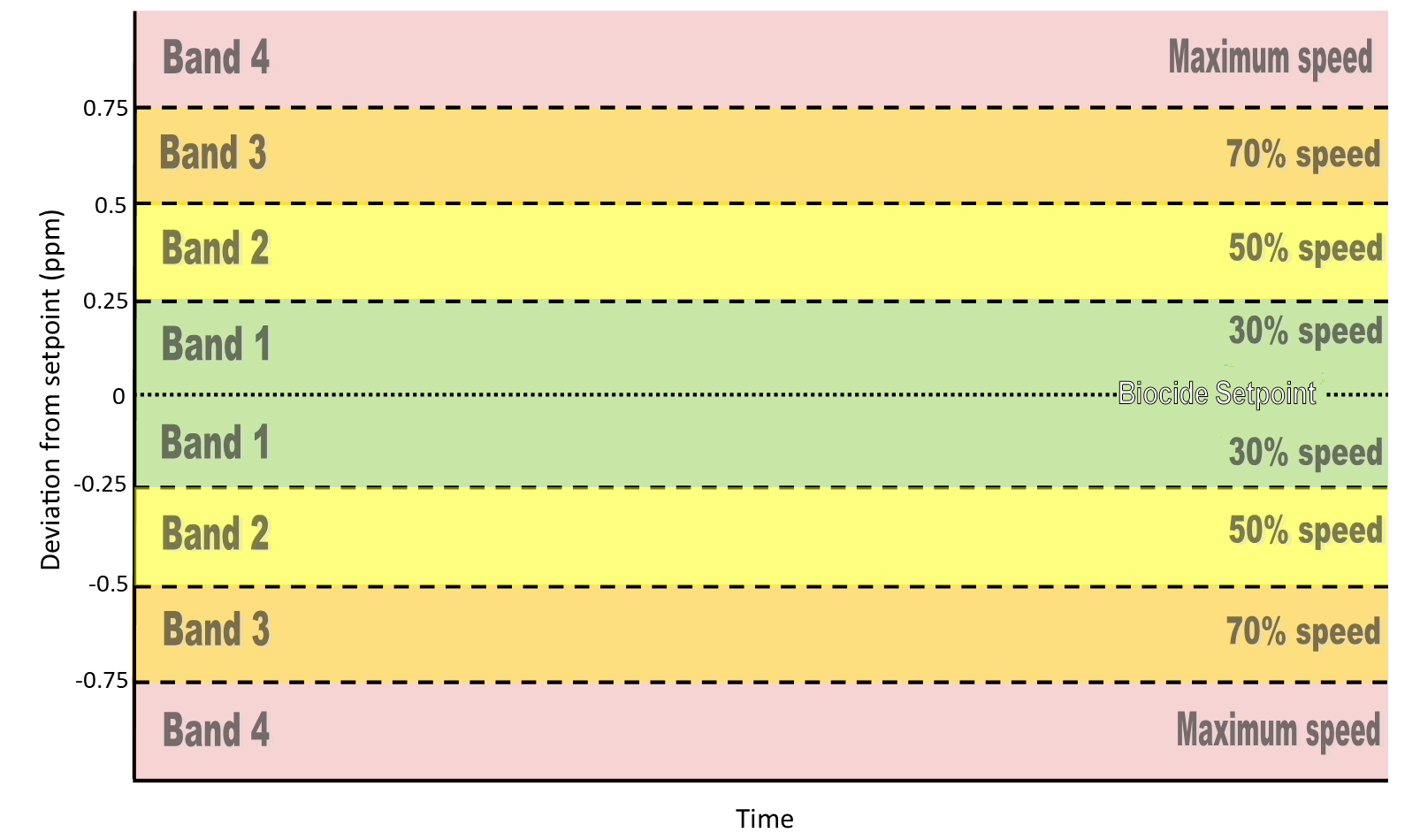A VSD is an electronic device which enables a pump motor to be turned up or down thereby increasing or lowering the pump speed. Most pool recirculating pumps are over specified for the duty required and as such, there is scope using VSDs to turn them down when possible and save considerable amounts of money on electricity costs.
Did you know that…
…VSD control has saved some swimming pools more than 35% on their electricity bills?
…Pi’s VSD control saves money during the night and even during the day when electricity tariffs are highest?
…VSD control is available on both Pi’s CRONOS® and CRIUS® controllers?
What is the problem?
High electricity bills and high CO2 footprint.
Most swimming pools and spas spend considerable amounts of money on electricity to run their pool water recirculation pumps. These pumps are often over specified, running at full power even when there are few or no bathers using the pool or spa during the daytime. With recirculation pumps continually running at full power, the monthly electricity bills can be very high. A result of this high electricity demand is an increased carbon footprint of the pool or spa. Current VSD controls only lower the pump speeds to reduce the pool or spa’s water recirculation to a minimum overnight when there are no bathers.
What is the solution?

Process Instruments’ CRONOS® and CRIUS® Controllers with VSD
What is required is a VSD control which in addition to reducing power consumption overnight can also save costs during the day by turning the pumps down when there are few bathers.
Pi’s controllers have the capability to utilize VSD control during the day and at night; swimming pools and spas can benefit from turning the pumps down even during the day when electricity costs are highest.
How does VSD control work?
 Pi’s VSD control sets the recirculation pump motor automatically, while the pool is being used, based on biocide demand. Biocide demand is directly linked to the number of people using the pool or spa, therefore Pi’s controllers can reduce pump speeds and electricity costs during periods of fewer bathers.
Pi’s VSD control sets the recirculation pump motor automatically, while the pool is being used, based on biocide demand. Biocide demand is directly linked to the number of people using the pool or spa, therefore Pi’s controllers can reduce pump speeds and electricity costs during periods of fewer bathers.
The graph shows how VSD control works, based on biocide demand. Looking at the graph, thresholds are set at different levels of biocide. These thresholds are then used to create biocide level bands, with each band being attributed with a specific pump speed. This optimizes water recirculation whilst maintaining the minimum turnover (number of times the pool’s water recirculates in a given time) set by the manufacturer or consultant at the time of installation. During daytime periods when the number of pool users fluctuates, the bather load increases/decreases respectively. As the biocide demand is directly proportional to the bather load, fewer users will result in biocide levels dropping below the band threshold thus enabling a reduced pump speed during the day. Pi’s VSD control exploits this relationship between biocide demand and bather load adjusting the pumps speeds during the day hence saving the pool or spa money on electricity.
In addition to pools and spas saving money on their electricity, they are effectively reducing CO2 emissions and the carbon footprint of their establishment. For many organizations, reducing CO2 emissions is a significant factor in choosing which equipment to purchase.
Swimming Pool Application Savings Data
 For a commercial swimming pool (210m3) the monthly savings on electricity using VSD control were calculated.
For a commercial swimming pool (210m3) the monthly savings on electricity using VSD control were calculated.
The power consumption of the recirculation pump was recorded for a month with Pi’s VSD control enabled and without VSD for the same period. Using standard day and night electricity tariffs, it was possible to calculate how much money can be saved by using VSD control.
Over a period of a month, energy costs were calculated.

From these results it can be seen that Pi’s VSD control saved £213 a month at this single commercial swimming pool. This is a significant reduction not only in cost but also the CO2 footprint of the site. The larger the pool and spa, the bigger the pump that is required to recirculate, therefore the more money that can be saved on electricity. Using the VSD control; Pi’s controllers could pay for themselves in 6 months or less.












